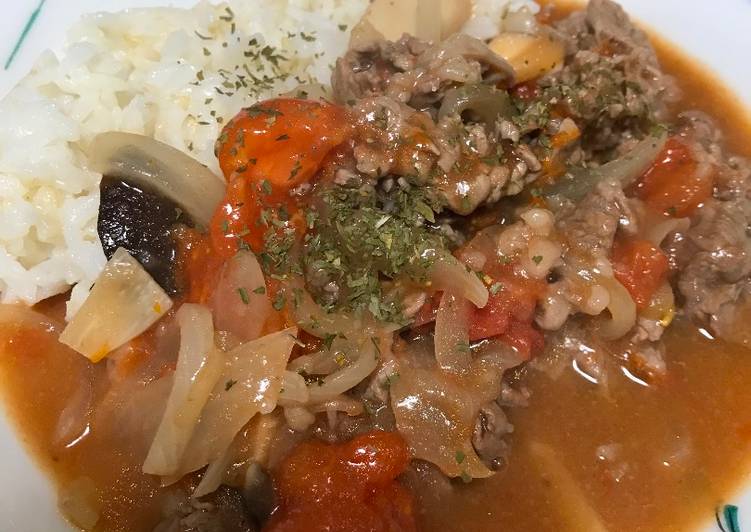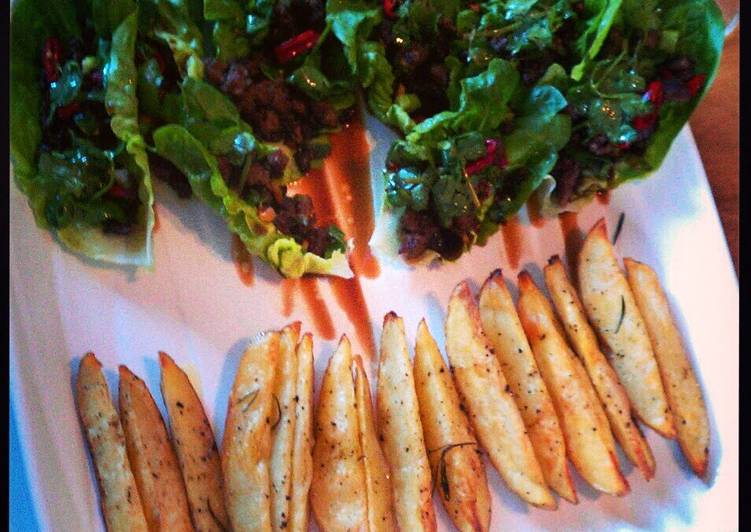
Hello everybody, hope you’re having an amazing day today. Today, I’m gonna show you how to prepare a special dish, kyoto ozouni (mochi soup) with white miso. It is one of my favorites. For mine, I’m gonna make it a little bit tasty. This will be really delicious.
White Saikyo miso ozoni is a Japanese soup that originates from the Kyoto region of Japan. It is unique in that the base of the ozoni mochi (rice cake) soup is made from a sweet pale white miso (fermented soybean paste). Put a mochi cake and satoimo in a miso soup bowl, and pour the hot zouni soup over. Add the mitsuba or green onion, optionally spring on some bonito flakes, and serve while piping hot!
Kyoto Ozouni (Mochi Soup) with White Miso is one of the most well liked of current trending foods on earth. It’s easy, it’s fast, it tastes delicious. It is appreciated by millions every day. Kyoto Ozouni (Mochi Soup) with White Miso is something that I’ve loved my whole life. They’re fine and they look wonderful.
To get started with this particular recipe, we must prepare a few ingredients. You can cook kyoto ozouni (mochi soup) with white miso using 10 ingredients and 8 steps. Here is how you cook it.
The ingredients needed to make Kyoto Ozouni (Mochi Soup) with White Miso:
- Make ready 100 grams White miso (Saikyo miso)
- Make ready 2 1/2 cup Dashi stock
- Take 4 Round mochi rice cakes
- Make ready 20 cm worth of a 4 cm diameter daikon Daikon radish (a thin one)
- Get 1/2 small Kintoki carrots (a type of deep reddish colored carrot)
- Prepare 20 ml Burdock root
- Get 4 large Kashira-imo (or use satoimo instead)
- Prepare 100 grams Chicken breast meat
- Prepare 1 dash Mitsuba (or green onion)
- Make ready 1 dash Shaved bonito flakes (to taste)
This is our family recipe for Kyoto-style white miso ozouni. I grew up eating this for years with my parents, who are both born and bred in Kyoto, and I love it. We only have this once a year at New Years, but I always. She uses Saikyo Miso (white miso from Kyoto).
Steps to make Kyoto Ozouni (Mochi Soup) with White Miso:
- These are the vegetables used. The daikon radish is a thin type for ozouni. I used satoimo instead of kashira-imo. In our family, we use konbu seaweed based dashi stock, but use whatever you like.
- Slice the daikon radish and carrot thinly, either whole or cut in half lengthwise first. Slice the burdock root or diagonally, and soak in water for a while to get rid of the bitterness. Cook both in boiling water until crisp-tender.
- Boil the satoimo and sprinkle with water to get rid of the surface slime. Thinly shave sharp edges. Slice the chicken diagonally into bite sized pieces. Do all of this on New Year's Eve.
- Bring dashi stock to a boil in an ozouni pot, and put in the chicken. Add the daikon radish, carrot and burdock root. Add the white miso just before the soup is done and briefly bring to a boil.
- While the soup is cooking, prepare the mochi cakes and mitsuba. Put the round mochi cakes on a plate, sprinkle a little water and microwave. The mochi cakes should still be on the firm side.
- Blanch the mitsuba briefly in boiling water. Gather 2 to 3 stems together and tie the stems into a knot. If using green onions, chop finely.
- Put a mochi cake and satoimo in a miso soup bowl, and pour the hot zouni soup over. Add the mitsuba or green onion, optionally spring on some bonito flakes, and serve while piping hot!
- In our house we have this white miso ozouni on the 1st and 2nd, and Osaka style clear soup ozouni with mizuna greens on the 3rd.
We only have this once a year at New Years, but I always. She uses Saikyo Miso (white miso from Kyoto). For my version, I add leafy green vegetables (komatsuna or spinach) and yuzu peel, both of which are the common ingredients for Kanto-style ozoni. While people in Osaka enjoy Ozoni with a clear broth, people in Kyoto require a white miso-based soup, as-per tradition. This traditional Kyoto-style Ozoni recipe features Saikyo miso, a white miso paste from Kyoto.
So that is going to wrap this up with this exceptional food kyoto ozouni (mochi soup) with white miso recipe. Thank you very much for reading. I am sure that you will make this at home. There’s gonna be more interesting food at home recipes coming up. Don’t forget to bookmark this page in your browser, and share it to your family, colleague and friends. Thanks again for reading. Go on get cooking!


